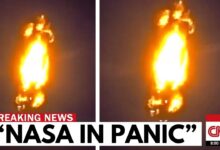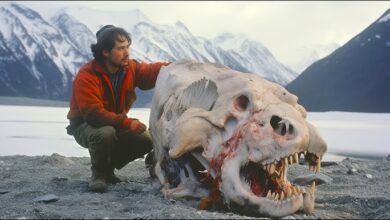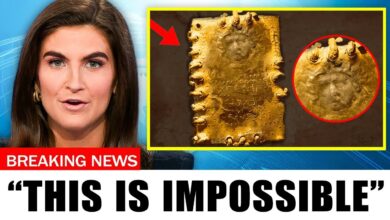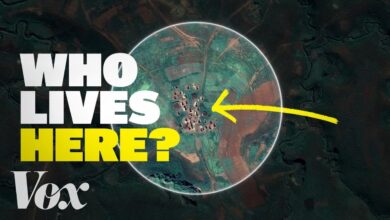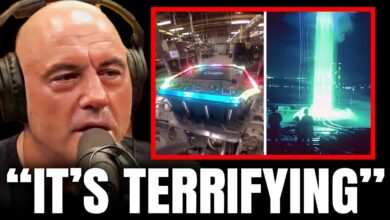The Most In.sane Weapon You Never Heard About
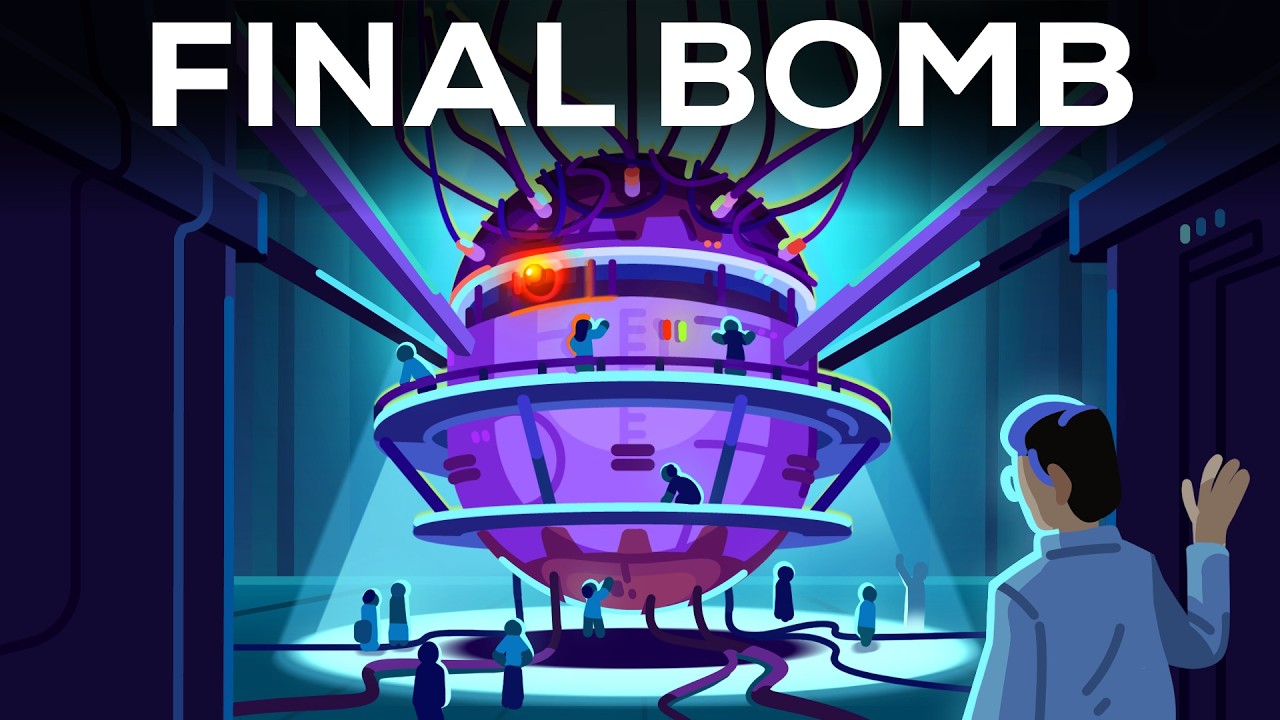
The secret American project “Sundial” in the 1950s, an extremely powerful nuclear bomb with the goal of destroying all human civilization. Here is a more detailed explanation of the events and context in the passage:
### Historical Background:
After World War II, the world witnessed a dramatic change in technology and politics. In 1945, only about 3% of American families had electricity, and horse-drawn carriages were still the main means of transportation in cities. Within just a few years, a series of groundbreaking inventions changed the world: from jet planes, televisions, microwave ovens to nuclear weapons. The emergence of nuclear weapons changed the entire way of war, making countries without atomic bombs vulnerable to defeat at any time.
### The Beginning of the Nuclear Arms Race:
Shortly after the United States successfully tested its first atomic bomb in 1945, other nations began to realize the enormous threat that nuclear bombs could pose. In 1946, the United States proposed the Baruch Plan, which would share nuclear technology with other nations and create an international body to control the production of nuclear bombs. However, nations like the Soviet Union did not agree, and in 1949, the Soviet Union unexpectedly tested its own atomic bomb, heightening fears and leading to the Nuclear Arms Race. From just nine bombs in 1946, the number of nuclear bombs increased to thousands over the next few decades.
### Edward Teller and the Hydrogen Bomb:
Edward Teller, a Hungarian physicist, was instrumental in the development of the nuclear bomb, and later the hydrogen bomb (thermonuclear bomb). A hydrogen bomb is a bomb that requires an atomic bomb to trigger a thermonuclear reaction, which creates an extremely powerful explosion. In 1952, the United States tested its first hydrogen bomb, and just two years later, a bomb 1,000 times more powerful than the Hiroshima atomic bomb was tested, terrifying the world. Although Teller created these destructive weapons, he still felt that they were not powerful enough and continued to seek ways to develop more powerful bombs.
### Project Sundial – “The Last Bomb”:
Teller, in this nuclear arms race, had an extremely bold and devastating idea: to create a bomb powerful enough to destroy all of humanity in one blast. This project was called Sundial. The Sundial bomb was not just a nuclear weapon, but a “final bomb,” far more powerful than any previous weapon. The main feature of the Sundial was that it did not need to be brought close to the enemy. According to Teller, if the bomb could destroy the whole world, why move it? It could be placed somewhere far away, even in the heart of one’s own country.
### Technical Details and Effects:
The Sundial project was designed to have a yield of up to 10 billion tons of TNT, which is millions of times more powerful than all the nuclear bombs used in World War II. If the bomb were to detonate, it would create a fireball 50 kilometers wide, burning everything within 400 kilometers. The surrounding areas would turn into a glass desert, and shock waves would spread out everywhere, causing earthquakes measuring up to 9 on the Richter scale. In particular, the shockwaves and smoke from the explosion would create a “nuclear winter”, lowering global temperatures, causing a disaster for the ecosystem and food supply, and causing most of humanity to perish.
### Why the Project Was Never Completed:
Although the project was planned and tested, it was never implemented. Scientists and politicians who learned about the project expressed horror, and the US military also felt that such a weapon was too dangerous. Building a bomb that could destroy the entire planet was considered a crime against humanity.
### Consequences of the Nuclear Arms Race:
Although the Sundial was never completed, the world still faced a nuclear threat. During the Cold War, the major powers created tens of thousands of nuclear weapons, many of which are still hidden in submarines, bunkers and silos, creating a veritable “doomsday machine.” Today, the world still possesses around 12,000 nuclear weapons, enough to destroy human civilization.
Future and Threat:
The story ends by emphasizing that while nuclear weapons may not be the ultimate apocalypse, the world is on the brink of a new nuclear arms race. The United States is spending trillions of dollars on nuclear weapons modernization programs, while China is expected to have more than 1,000 nuclear weapons by 2030. The question is whether we are ready to face the risk of self-destruction.
Reflection:
Finally, the passage invites the reader to reflect on the development of science and technology. Although science is neither good nor bad, it depends on how we use it. Instead of focusing on destructive inventions, we can direct our curiosity and creativity to things that benefit humanity, such as science education projects for children, to develop future generations with more positive thinking.



